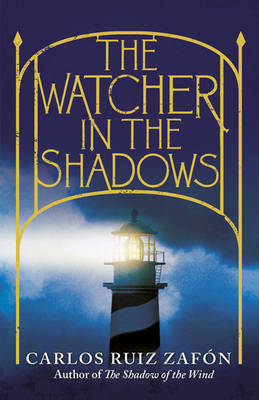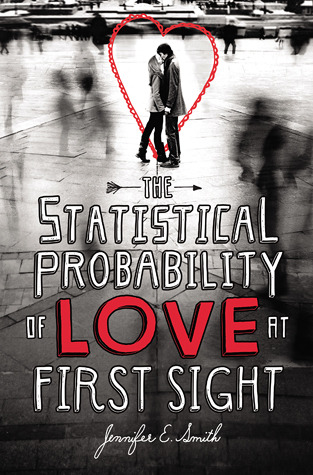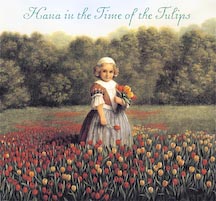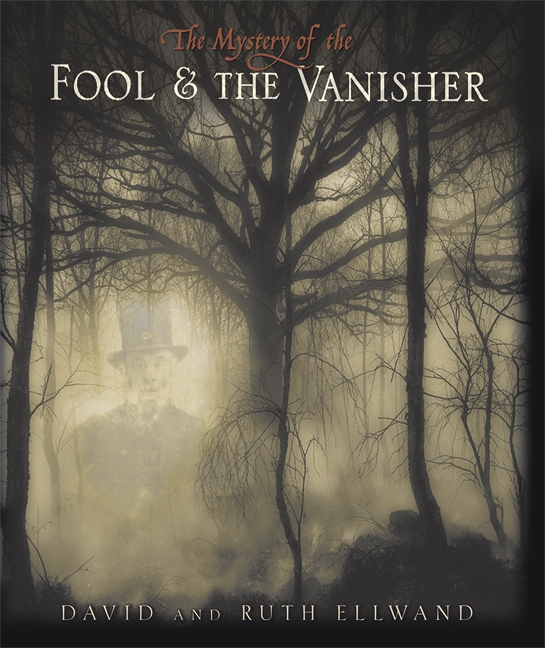

I'm waiting on not one but two books titled The Watcher in the Shadows this spring. The Watcher in the Shadows by Chris Moriarty, which comes out May 28 from Harcourt Children's Books, is the sequel to The Inquisitor's Apprentice (2011), an alternate--magical--history set in early-twentieth century New York City. I liked The Inquisitor's Apprentice lots (we shortlisted it for the Cybils that year), especially the representation of immigrant Jewish culture, and the line illustrations by Mark Edward Geyer: it was sort of like a fantasy/boy version of All-of-a-Kind family. Which is to say, not at all like All-of-a-Kind family, but with line illustrations.
The other Watcher in the Shadows is by Carlos Ruiz Zafón, who is probably more familiar as the author of the bestselling adult novel The Shadow of the Wind (trans. by Lucia Graves; Penguin, 2004) and its sequels. This is more of a gothic middle grade or YA, the third in a thematic trilogy originally published in the 1990s, in Spanish. It's set in a toymaker's mansion on the coast of Normandy in the 1930s: of course I'm going to read it. I read the first, The Prince of Mist (Little, Brown BFYR, 2010), in a cottage on the coast of Maine, as close to on location as it is possible to be this side of the Atlantic. The Watcher in the Shadows comes out June 18, so I will probably have to read it on the Metro.


